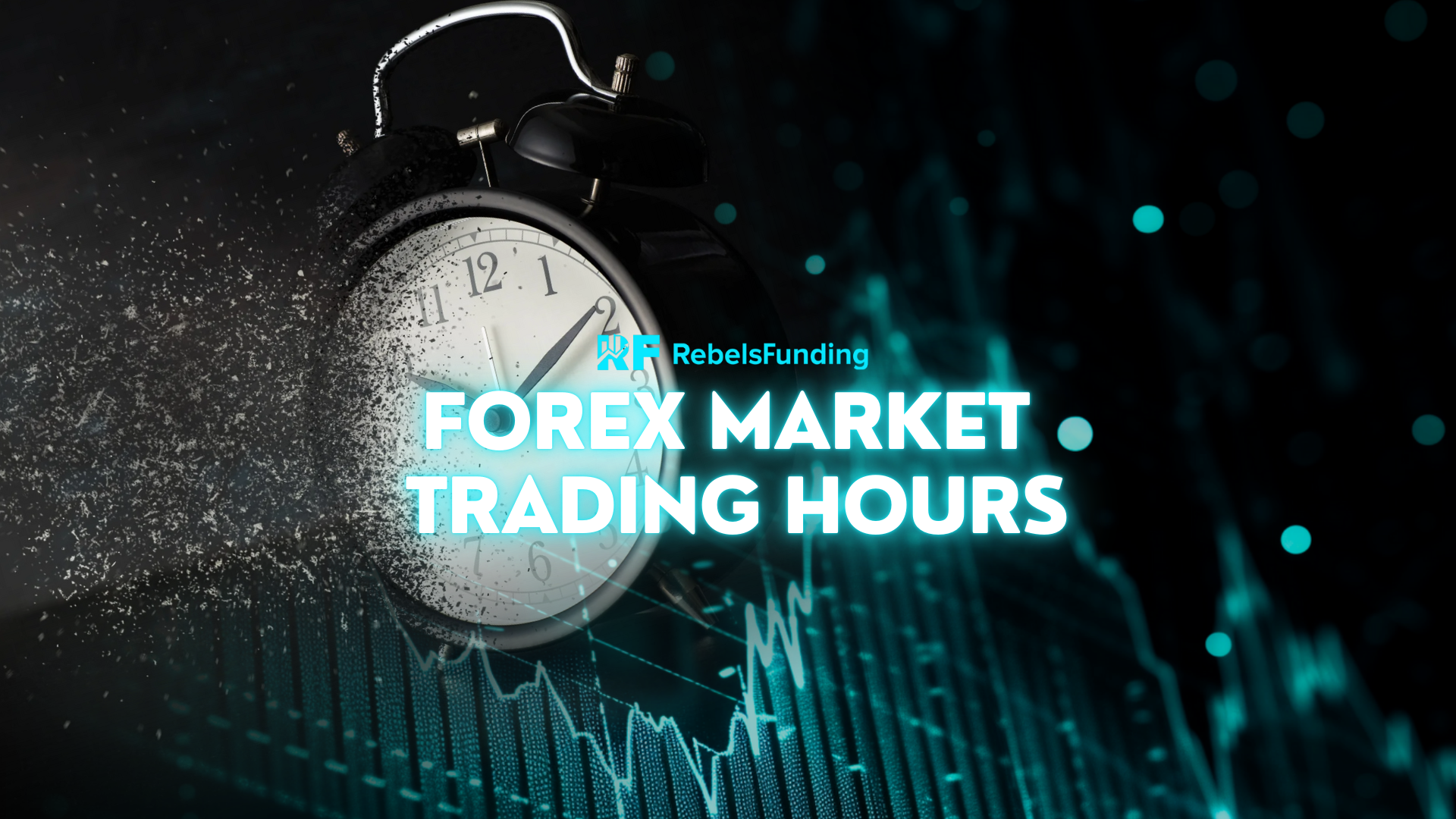6 High-Impact News that can cause Negative Slippage in Prop Trading

A stop loss is a predetermined level at which you are supposed to exit a losing trade. The stop-loss level is usually determined as soon as you enter the position, based on your risk tolerance, trading strategy, and market conditions.
However, sometimes the market can be unpredictable and volatile, and there are some fundamental factors that can cause the price to move rapidly and unexpectedly, triggering your stop loss before you have a chance to react, causing you more loss than you expected.
In this blog post, we will discuss six high-impact fundamentals that can cause negative slippage, high-impact news events that can cause the market to “jump” pass your stop loss level when prop trading, and how to avoid or minimize this situation:
1. Interest Rate Reports
Interest rate reports are the announcements made by the central banks of different countries or regions, such as the Federal Reserve (Fed) in the US, the European Central Bank (ECB) in the Eurozone, or the Bank of Japan (BOJ) in Japan. Interest rate reports reflect the current and future monetary policy of the central banks, which can influence the value of their currencies by changing the interest rates, the money supply, or the quantitative easing programs.
These reports are usually scheduled in advance and are closely watched by forex prop traders and analysts. Sometimes, the central banks can surprise the market by making unexpected or unconventional changes to their policy, such as cutting or raising interest rates more than expected, or introducing new stimulus measures. These surprises can cause a sudden and sharp reaction in the currency market, as traders adjust their expectations and positions accordingly.
2. FOMC Meetings
FOMC meetings are the conferences of the Federal Open Market Committee (FOMC), which is the policy-making body of the Fed. The FOMC consists of 12 members, including the Fed chairperson, the vice chairperson, and other Fed officials. The FOMC meets eight times a year to discuss the economic conditions and the monetary policy of the US.
They can affect the value of the US dollar and other currencies. The FOMC can decide to raise or lower the interest rate, change the money supply, or implement other monetary policy tools, such as quantitative easing or forward guidance. These decisions can influence the exchange rate of the US dollar against other currencies, as well as the price of commodities and other assets denominated in US dollars.
FOMC meetings are usually announced in advance and are followed by a press conference (where the Fed chairperson explains the rationale behind the policy decisions and answers questions from the media). Sometimes, the FOMC can surprise the market by making unexpected or unconventional changes to monetary policy, such as announcing a new round of quantitative easing or signaling a change in the interest rate outlook. These surprises can cause a significant movement in the currency market, as traders anticipate the possible reaction of the Fed and the future direction of the interest rate.
3. CPI Data
CPI data are the indicators that measure the change in the price level of goods and services in a country or a region over a period of time. Some of the most common CPI data are the Consumer Price Index (CPI), the Producer Price Index (PPI), and the Personal Consumption Expenditures Price Index (PCE).
These data are important for forex trading because they reflect the purchasing power of a currency and the inflationary pressure on the economy. High inflation can erode the value of a currency and prompt the central bank to raise the interest rate to curb inflation. Low inflation can indicate weak demand and a sluggish economy and prompt the central bank to cut the interest rate to stimulate growth.
CPI data are usually released monthly or quarterly and are often compared with the previous period and market expectations. If the CPI data deviate significantly from expectations, they can cause a significant movement in the currency market, as traders anticipate the possible reaction of the central bank and the future direction of the interest rate.
4. Employment Data
Employment data are the indicators that measure the labor market conditions of a country or a region, such as the unemployment rate, the non-farm payrolls, the average hourly earnings, and the labor force participation rate.
These data are also vital for forex prop trading because they reflect the economic activity and the consumer confidence of a country or a region. Strong employment data can indicate a robust economy and a high demand for goods and services, which can boost the value of a currency and inflation expectations. Weak employment data can indicate a sluggish economy and a low demand for goods and services, which can weigh on the value of a currency and inflation expectations.
Employment data are usually released monthly and are often compared with the previous period and market expectations. If the employment data deviate significantly from expectations, they can cause a significant movement in the currency market, as traders anticipate the possible reaction of the central bank and the future direction of the interest rate.
5. Trade Data
Trade data are the indicators that measure the balance of trade between a country or a region and its trading partners, such as the trade balance, the exports, and the imports.
Trade data are important for forex prop trading because they reflect the supply and demand of a currency and the external competitiveness of a country or a region. A positive trade balance (or a trade surplus) means that a country or a region exports more than it imports, which can increase the demand for its currency and improve its current account. A negative trade balance (or a trade deficit) means that a country or a region imports more than it exports, which can decrease the demand for its currency and worsen its current account.
They are usually released monthly and are often compared with the previous period and market expectations. If the trade data deviate significantly from expectations, they can cause a significant movement in the currency market, as traders anticipate the possible reaction of the central bank and the future direction of the interest rate.
6. Geopolitical Events
Geopolitical events are the events that involve the political, economic, or military relations between different countries or regions, such as wars, conflicts, elections, referendums, sanctions, trade deals, or diplomatic meetings.
They can affect the stability and security of a country or region and its currency. Geopolitical events can also influence global risk sentiment and the demand for safe-haven or riskier currencies.
Geopolitical events are usually unpredictable and can occur at any time. If the geopolitical events are significant and unexpected, they can cause a huge movement in the currency market, as traders react to the news and the uncertainty.
In conclusion, as a forex prop trader, you must always follow and track news events, with special attention to the ones listed. Even though negative slippage cannot be completely avoided, your awareness can greatly minimize negative impacts of news on your trades.



